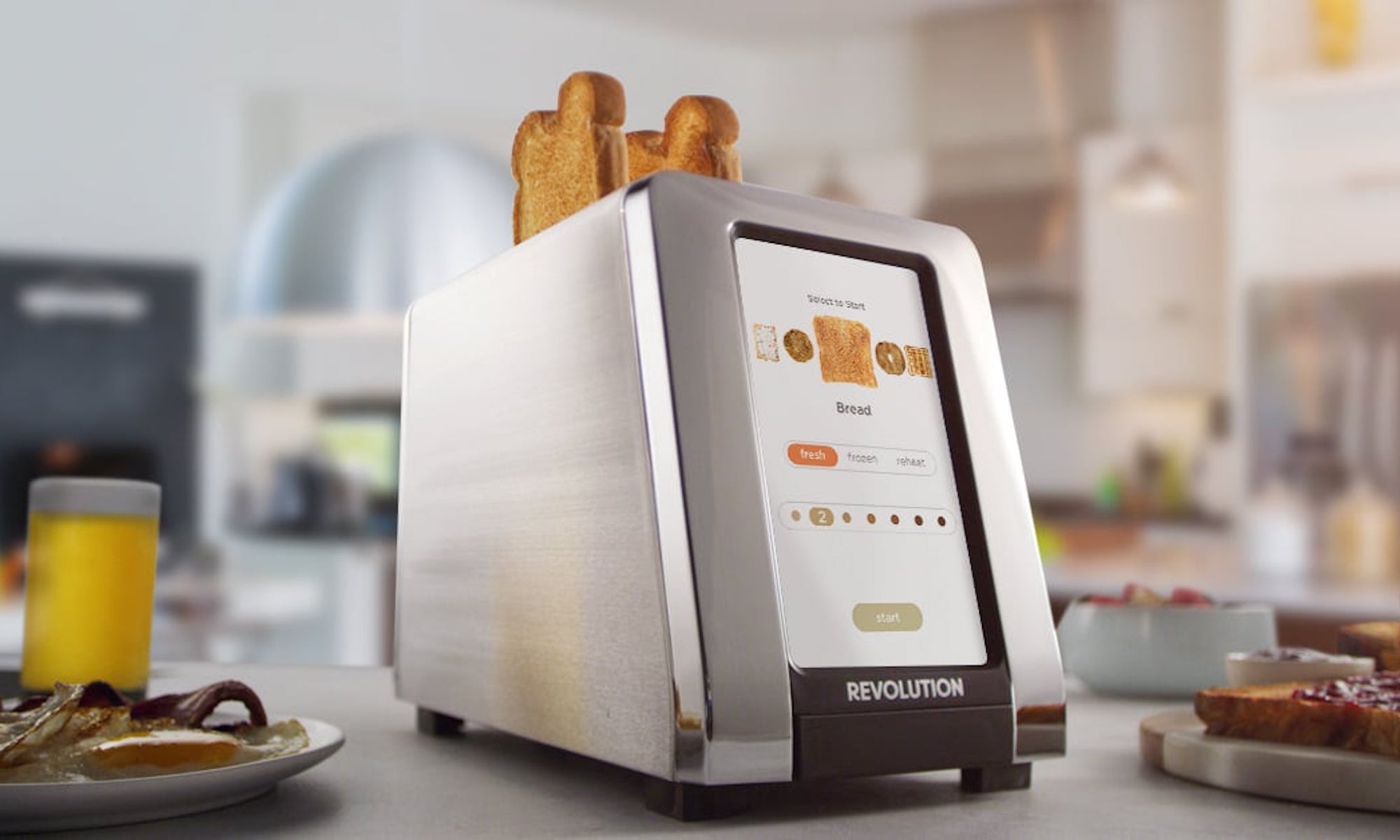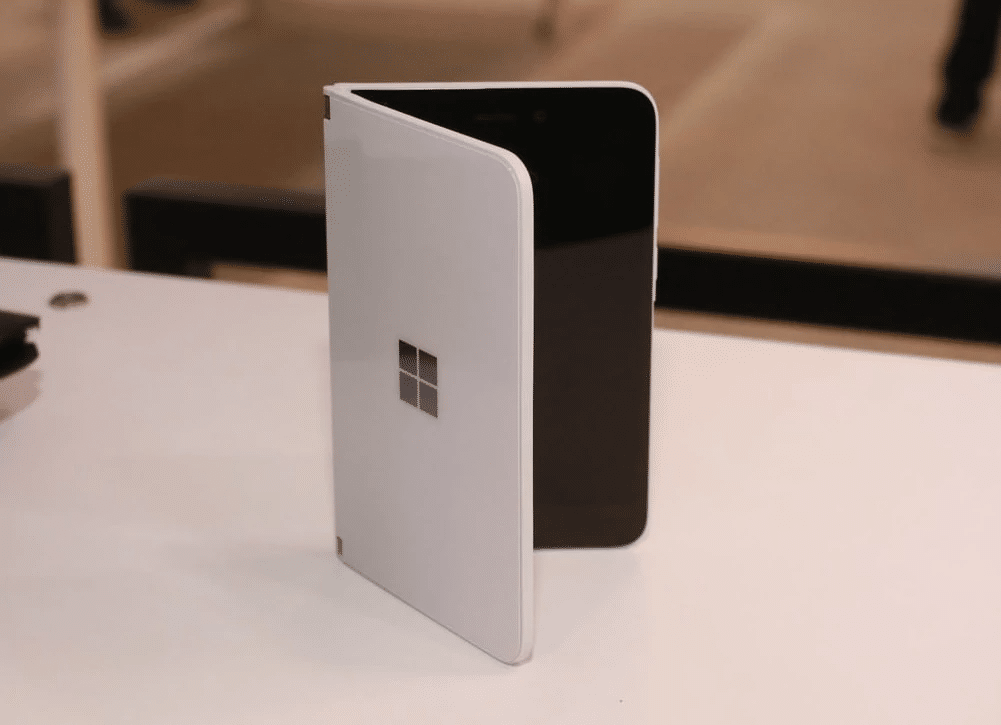
Ergonomically, however, it’s most comfortable when only using one. Quite a bit of the Surface Duo 2’s utility boils down to one contradiction: The Surface Duo 2 is most effective when used with two screens. It also can be a bit top-heavy, too, with the camera bump.

This landscape orientation is quite useful for streaming video and games, but a persistent gyroscope glitch means that the screens often get stuck in a portrait orientation in multiple scenarios. It doesn’t seem to have any negative effect on either the camera or phone, however.

Unfortunately, that creates a fairly thick camera bump that prevents the Duo 2 from flattening out when folded back on itself. With the Surface Duo 2, Microsoft invested in a rear-facing three camera array. With the original Duo, this was the only way to take a photo, as there was just a single camera. Unlike, say, Samsung’s Galaxy Fold devices, there’s a distinct gap between the two displays - these are two separate screens, which can fold closed like a book or else fold back along itself. The Surface Duo 2’s book-like pair of screens is the phone’s selling point, and it’s the obvious place to begin.

#MICROSOFT SURFACE DUO 2 REVIEW BLUETOOTH#

Microsoft also sells a Surface Do 2 bumper ($39.99), which we didn’t test, which surrounds the Duo 2’s edge and provides some basic protection. If you buy into the Microsoft ecosystem, you’ll be saving most storage-chewing photos and videos to the OneDrive cloud anyway, which means that anything above the base model is superfluous. Two other versions are available: a 256GB SSD model ($1,599.99) and the top-of-the-line Surface Duo 2 with 512GB of storage, for $1,799.99. The Surface Duo 2 costs an astounding $1,499.99, minimum, for the base model with 8GB of RAM and 128GB of storage. Mark Hachman / IDG Surface Duo 2 configurations and pricing Camera bumps aren’t that unusual with modern smartphones, and Microsoft’s Surface Duo 2 joins the club.


 0 kommentar(er)
0 kommentar(er)
